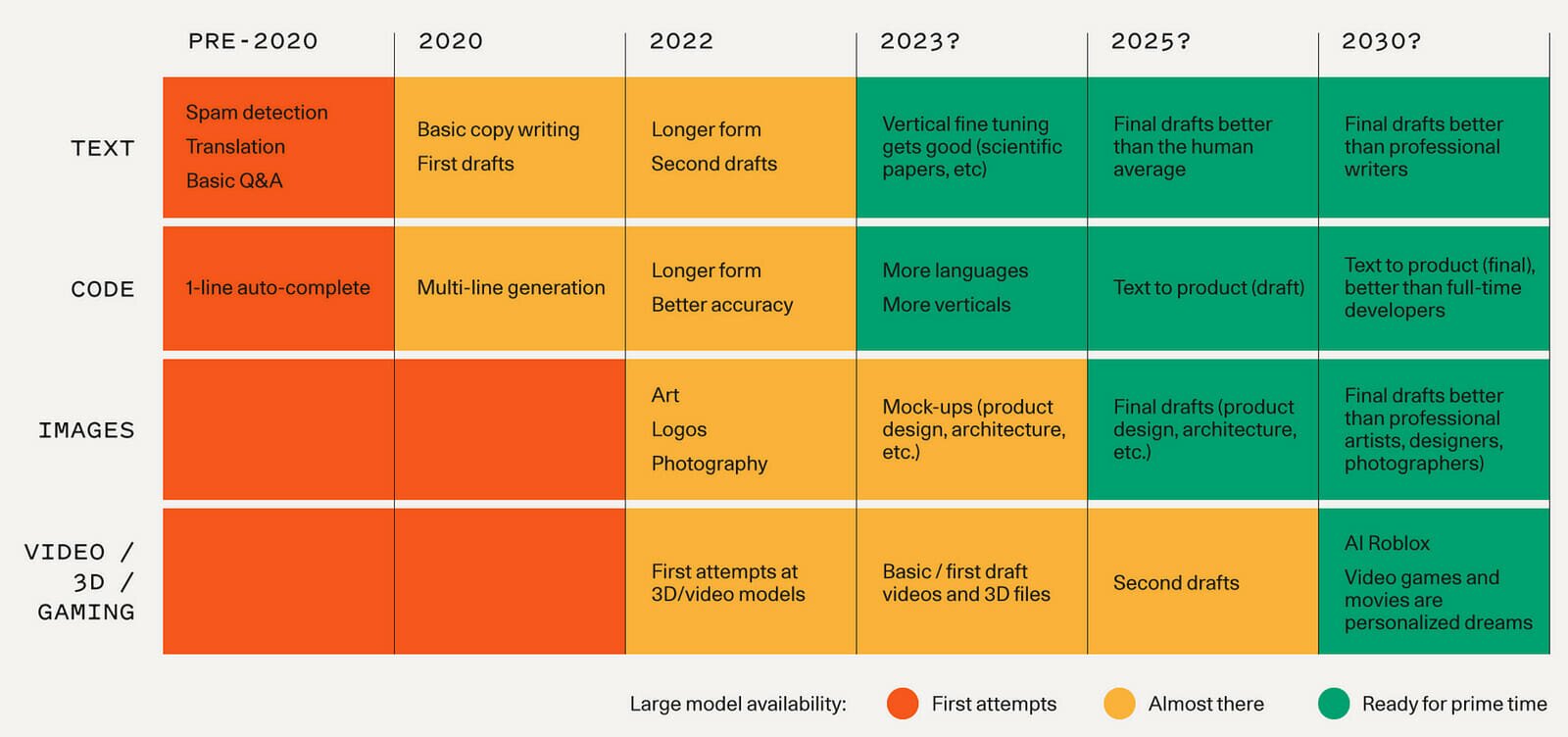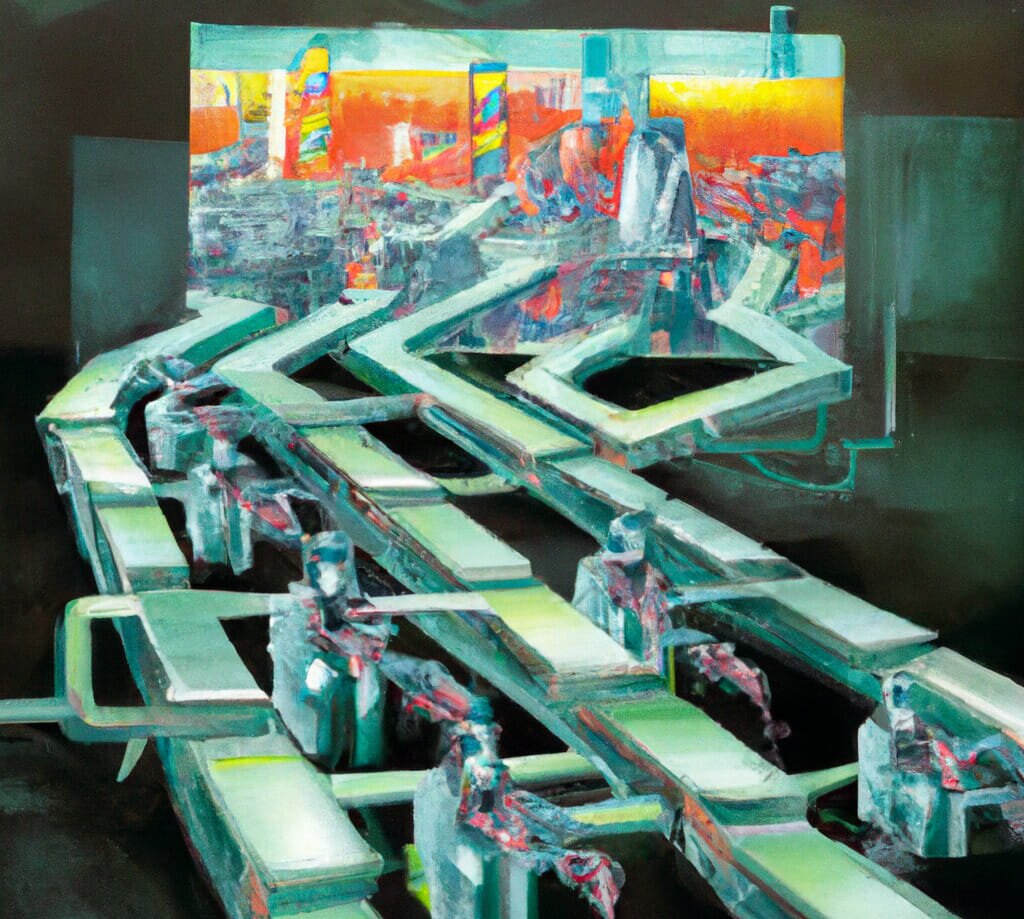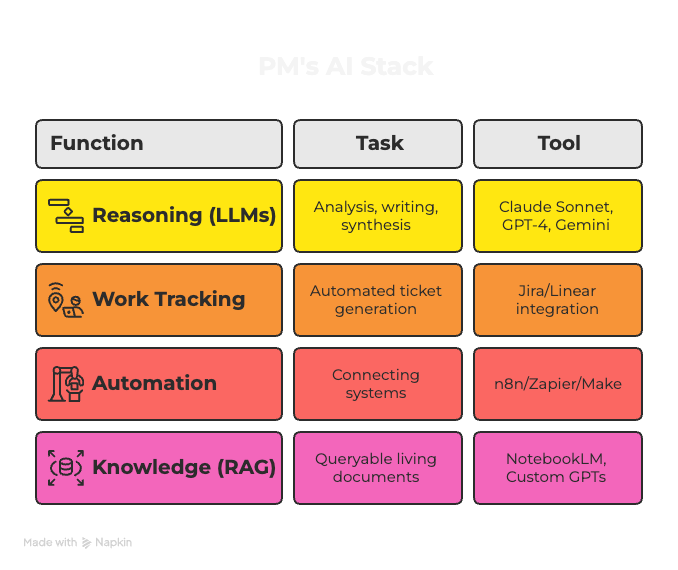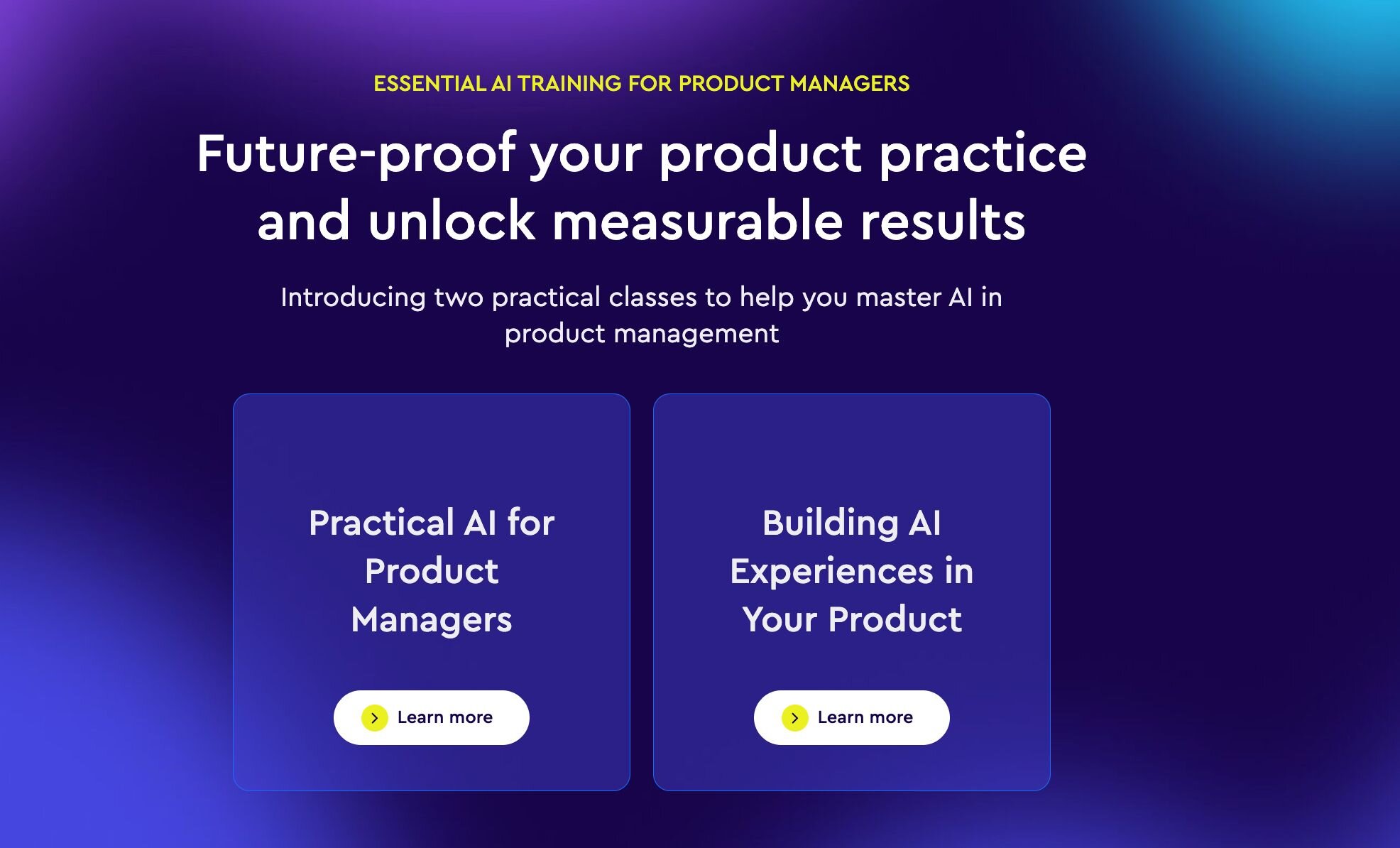Generative AI is not a blue-sky concept any longer. It’s here, and the question is no longer “if,” but rather “when” AI will be coding the majority of the software we use.
Why, you ask? A confluence of factors are making this shift unavoidable: exponential growth in the size of AI models, enhanced volume and quality of training data, and a drastic increase in training speeds.
Generative AI models are getting better, and faster than we expected. Some of the biggest voices in tech agree. A couple of weeks ago, GitHub’s CEO Thomas Dohmke went on record, predicting that the vast majority of code will be written by GitHub’s code-generating AI models in the near future, saying: "Sooner than later, 80% of the code is going to be written by Copilot."
Last fall (before the current AI hype cycle), Sequoia Capital projected that AI-led coding and prototyping will outpace human abilities around 2030:

The business incentive behind AI-generated software
So, what’s the driving force behind this aggressive shift?
Well, AI-generated software is a no-brainer from a business perspective: It’s a clear avenue to convert expensive human labor into a highly automated, streamlined, and cost-effective process.
In fact, let’s talk numbers. With over 4.4 million software developers in the US earning an average salary of $95,000, tech companies invest an astonishing $418 billion in software development annually (in the US alone). The established total addressable market of an advanced text-to-software AI model is colossal, even if it requires human intervention 5% of the time.
Sure enough, where there’s an untapped market worth $418+ billion, there will be countless companies racing at break-neck speeds to get there first.
Several players are already in the space. Some noteworthy ones include Galileo, Builder.ai, Ventrilo.ai, GitHub Copilot, and OpenAI. I’ve even seen one of my own entrepreneurial-minded friends drop what they were working on to pursue a text-to-software AI project.
These ventures, in combination with the fast pace of open-source innovation, are ushering us into an era where generative AI technology will take over the lion’s share of software development.
But here’s the real puzzle: How will tech companies need to evolve to stay competitive in an AI dominated landscape? How will this disruption reshape what winning strategy looks like?
Decoding the AI-driven software ecosystem

Let’s start by painting a picture of what AI-driven software development would look like…
- You start by providing a detailed description of your product/feature idea and answering a few clarifying questions the AI model has.
- A few minutes later, you’re looking at high-fidelity UI mockups. You ask for a few changes. All of a sudden, you’re looking at finalized UI designs.
- Using your newly-minted UI mockups, your engineering lead collaborates with an AI model to implement a full-stack solution in less than an hour.
- After QA testing, you make a few fixes, and it’s ready to ship to customers…
You just went from concept to launch within a day.
Needless to say, I’m over-simplifying what that workflow might look like; especially how the need for user research/validation would come into play. However, the core idea still stands:
Within the next decade, generative AI models will enable experienced product managers, UX/UI designers and engineering leaders to create software products at a completely unprecedented pace.
That shiny new feature that your customers have been asking for? No problem, you could ship it in a day or two. Your product roadmap for the next year? You could probably ship it in about a month.
It sounds like a dream-come-true for product managers, UX/UI designers and engineers alike. However, this dream could quickly turn into a nightmare for many tech companies…
How generative AI could turn your competitive moat into a puddle
Today, most tech companies protect their market share by carefully building a differentiated feature-set over the course of years. These distinct features keep competitors at bay, since replicating them would demand a substantial investment of time, effort, and resources.
But with the speed and low cost of advanced text-to-software models, couldn’t your competitors leverage AI to duplicate your most valuable differentiating features within a couple of weeks, and charge less for them?
Alarm bells should be ringing.
Your competitors’ ability to quickly replicate your most valuable features could completely erode your position within the market. With such low barriers for creating software, we might even see some markets become saturated with feature-rich offerings, potentially leading to a broader commoditization of software.
That is to say: With the advent of advanced text-to-software AI models, having a ‘better feature set than your competitors’ simply won’t provide tech companies with a sustainable competitive advantage. Market leaders will need to adjust how they safeguard their market position, but how so?
Timeless differentiators in an AI-dominated landscape

As we begin to navigate through the uncharted territories of AI-generated software, it’s crucial to identify what differentiators will hold their value. I believe the following three factors will help define new market leaders:
1. Heightened agility in software development
Despite the allure of AI-generated software, its adoption won’t be universal. Some companies will resist the change, citing social and ethical implications. Others may be reluctant to rethink and restructure their well-oiled product development processes.
On the other hand, companies that quickly adapt and integrate generative AI into their software development workflows will undoubtedly gain a competitive edge.
They’ll be able to ship features faster than competitors and react more effectively to market trends. In the era of advanced text-to-software models, agility in embracing this new technology will be the difference between stagnation and exponential growth.
2. Leaning into network effects
Network effects refer to the principle where the value of a product grows as more users join and interact with it. It's a foundational principle that many tech firms leverage to defend their market position.
As AI-generated software becomes commonplace, businesses already capitalizing on network effects will continue to prosper. These tech companies have cultivated self-reinforcing ecosystems of users, developers, or partners that create a substantial barrier, even if their competitors have the ability to replicate their feature set.
Notion is a great example of a company that does this well today. Although they operate in a crowded market, they’ve fostered a community of users that has propelled them to 20M+ users.
3. Driving brand loyalty with a stellar user experience (UX)
As renowned poet Maya Angelou eloquently put it: “People will forget what you said, people will forget what you did, but people will never forget how you made them feel.”
While her words were aimed at human interactions, I believe this holds just as true for digital interactions. In the world of software, feelings and emotions matter.
A stellar UX leaves an unforgettable impression on users, creating an emotional investment that keeps them committed to your product, even when it lacks a few wished-for features. On the other hand, a confusing onboarding experience or a difficult-to-use feature can drive users to disengage, no matter how feature-rich your product is.
In the saturated tech landscape of the near future, where competitors can quickly replicate your feature set, I believe UX will become one of the most decisive battlegrounds. With so many feature-rich offerings in the market, customers will have a lot of solutions to choose from. They’ll be empowered to prioritize products that not only fulfill their hard-set requirements, but those that provide an intuitive and seamless user experience.
The implication? Superior UI/UX design and UX research functions will emerge as key differentiators, setting market leaders apart. Companies that prioritize understanding their users’ needs and emotions will hold their market position, even in an AI-dominated landscape.
Embracing the inevitable
Advanced text-to-software AI models promise to redefine the competitive landscape in tech. The potential devaluation of features as a competitive moat and the implications for software development costs, are significant.
Yet, amid this imminent disruption, three key differentiators promise a sustainable competitive edge: Heightened agility in software development, network effects, and a stellar UX.
Companies that effectively leverage these strategies will continue to thrive in a world dominated by AI-generated software. Some forward-looking tech companies have already started to lean into these strategies, such as Stripe, Github, and DuoLingo.
If you work in tech, consider this: Will your organization recognize and adapt to these undercurrents before your competitors do? Are you aboard the right vessel for the forthcoming voyage? How can you leverage your understanding of this disruptor to ensure that you make winning decisions?
The motive behind this article was not just to organize my own thoughts, but also to spark a conversation. And I’m equally eager to hear your perspective: Do you agree or disagree with the ideas put forth here? What other competitive differentiators do you predict will rise to the forefront in the era of AI? How does your business plan to preserve its competitive edge amidst this transformation?







